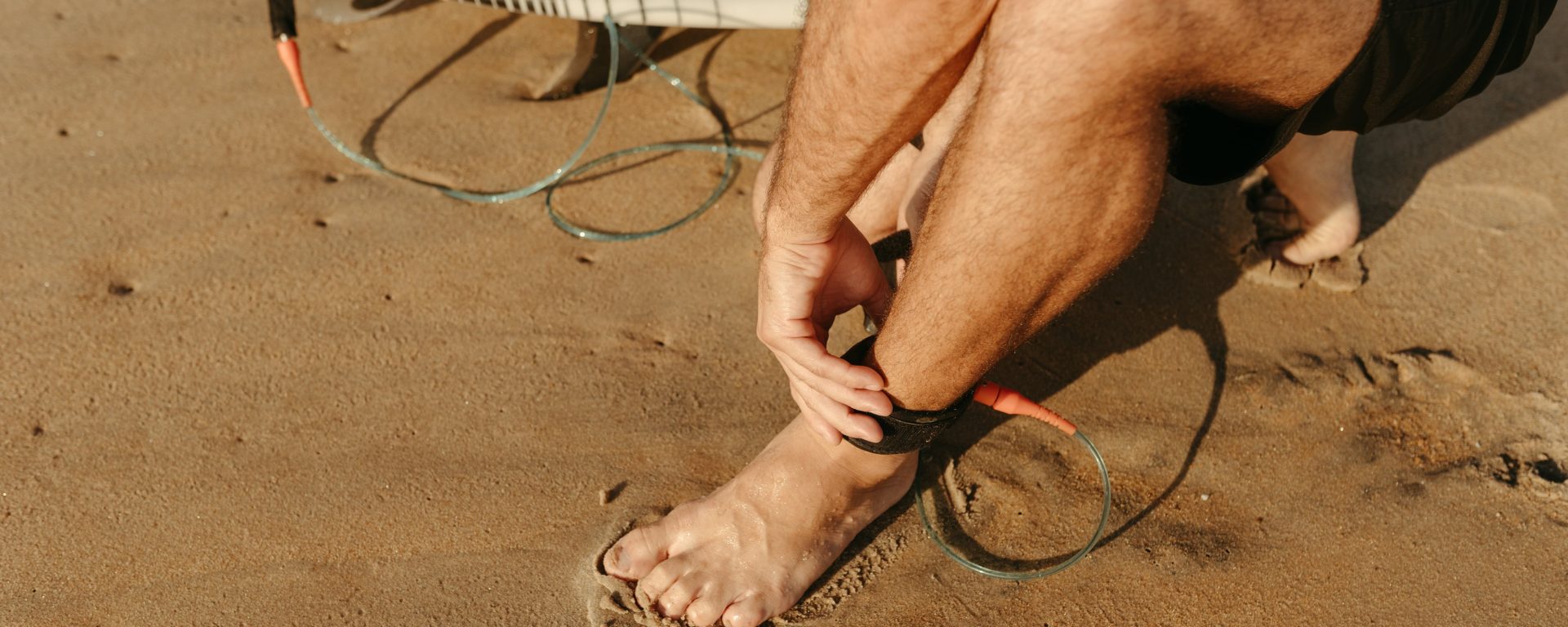In the realm of Achilles tendon rupture treatment, various protocols advocating early ankle motion have emerged since the late 1980s. Despite the prevalence of these approaches, there remains a dearth of controlled studies comparing their efficacy with the traditional method of immobilization in a cast. Addressing this gap, a prospective, randomized clinical and radiographic study was conducted by Mortensen et al.,(1999) aiming to shed light on the optimal postoperative management for acute Achilles tendon ruptures.
Seventy-one patients with acute Achilles tendon ruptures were enrolled in the study and randomly assigned to either conventional eight-week postoperative cast management or a novel approach involving early restricted ankle motion in a below-the-knee brace for six weeks. The brace was customized with an elastic band on the posterior surface, akin to Kleinert traction. Metal markers were strategically placed in the tendon, and their separation was monitored through serial radiographs over the initial twelve postoperative weeks. Clinical assessments were conducted upon cast or brace removal, at twelve weeks postoperatively, and at a median of sixteen months postoperatively.
At the twelve-week mark, the separation between markers in both groups was nearly indistinguishable. Patients subjected to early ankle motion exhibited a median separation of 11.5 millimeters, while those managed with a cast displayed 9 millimeters. The primary correlation observed was between separation and the initial tautness of the repair (r[S] = 0.45). Excessive tendon lengthening was not reported in any patient. Early motion recipients experienced a smaller initial loss in range of motion, facilitating a swifter return to work and sports activities compared to the cast-managed group. Additionally, early motion patients showcased fewer visible adhesions between the repaired tendon and the skin and expressed greater overall satisfaction. Both groups achieved a median of 89 percent recovery in plantar flexion strength compared to the noninjured limb, as assessed with an isometric strain-gauge at 15 degrees of dorsiflexion. The heel-rise index was comparable for both groups, with values of 0.88 for early motion and 0.89 for cast management.
The study suggests that early restricted motion expedites rehabilitation without introducing complications related to this approach. Despite the advantages, early unloaded exercises did not entirely prevent muscle atrophy. This research contributes valuable insights into the ongoing discourse surrounding postoperative management strategies for Achilles tendon ruptures, emphasizing the potential benefits of early motion protocols.
Reference: Mortensen, N. H. M., Skov, O., & Jensen, P. E. (1999). Early motion of the ankle after operative treatment of a rupture of the Achilles tendon. A prospective, randomized clinical and radiographic study. JBJS, 81(7), 983-90.
